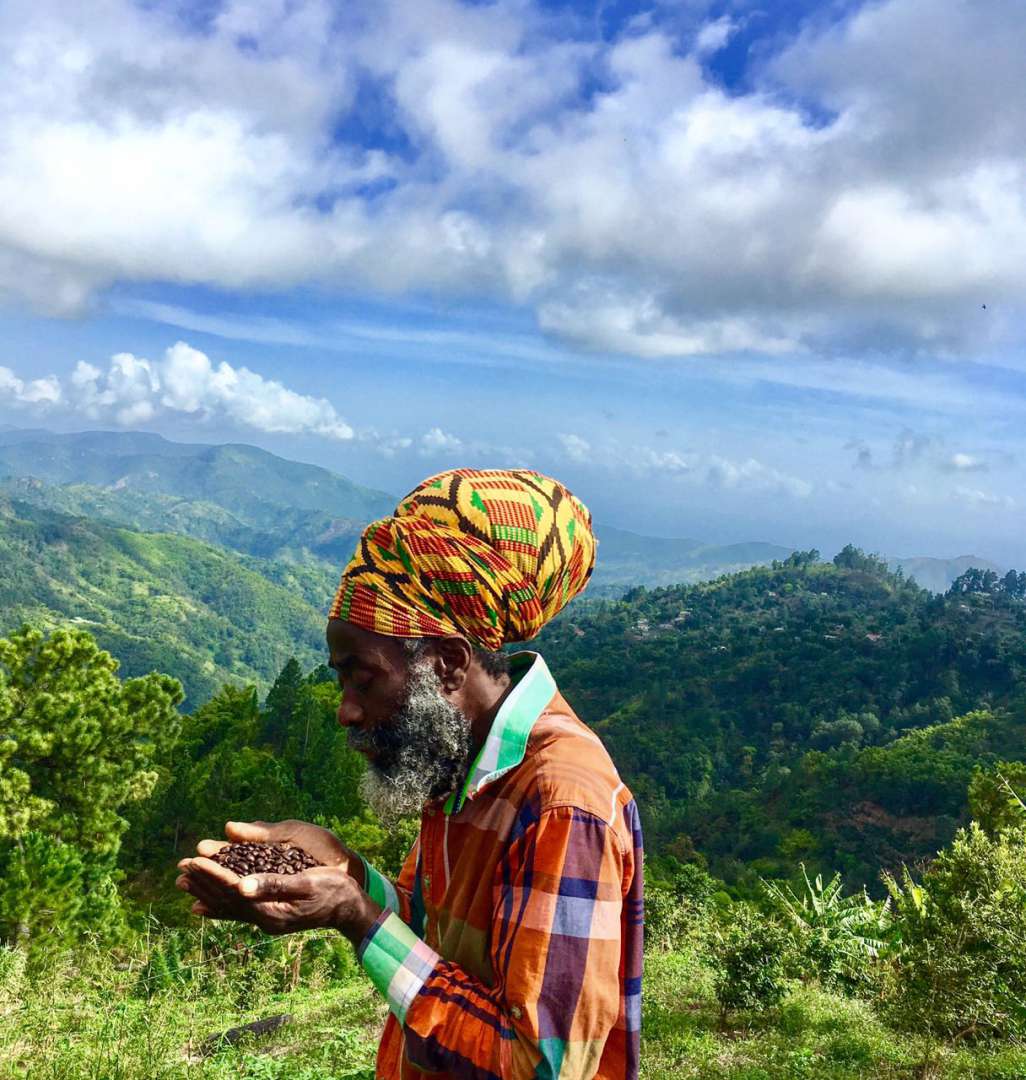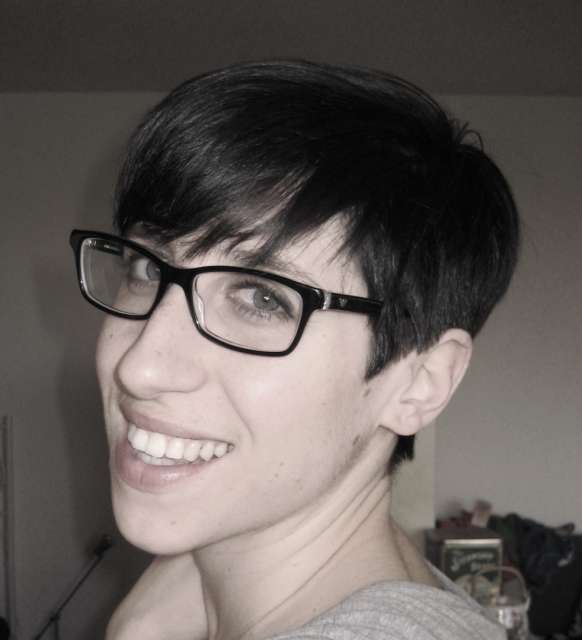Salkantay Trek & Machu Picchu
Udgivet: 13.07.2017
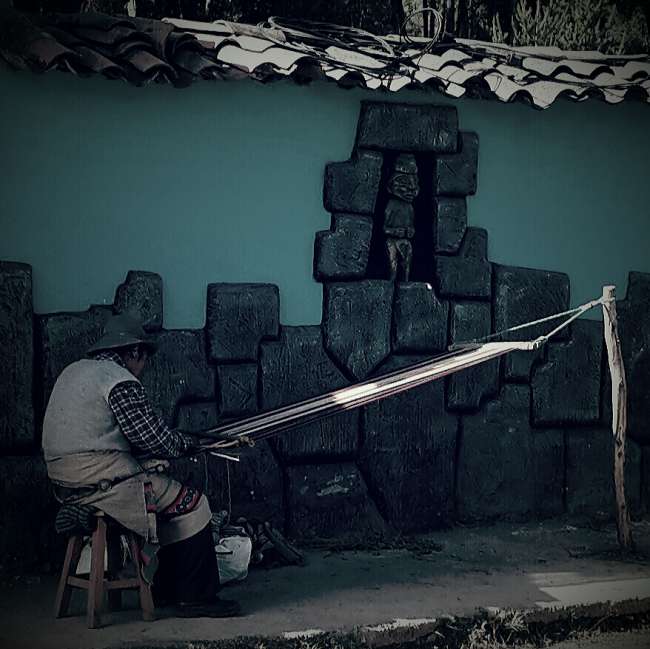
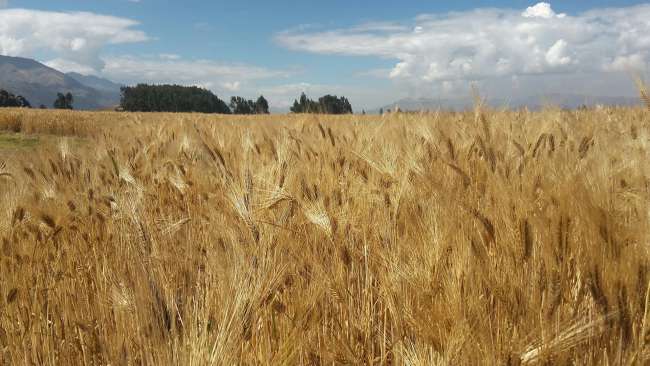
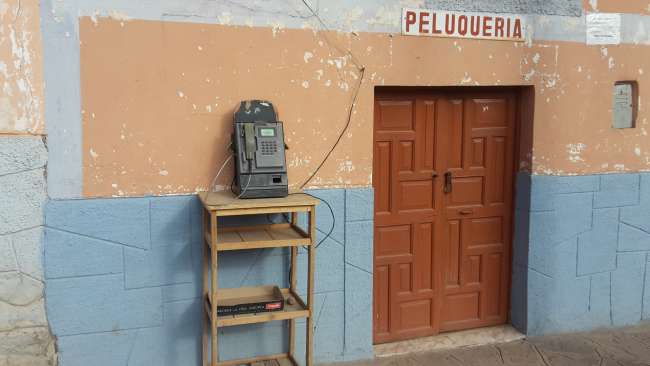
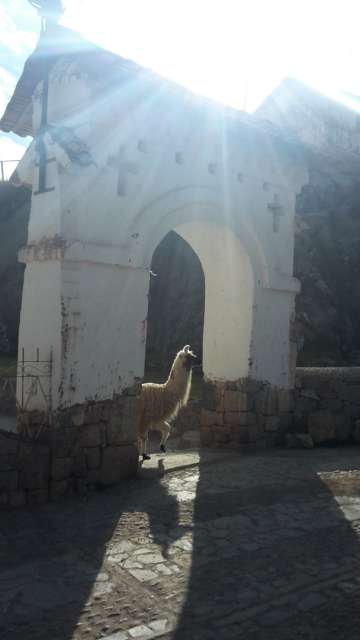
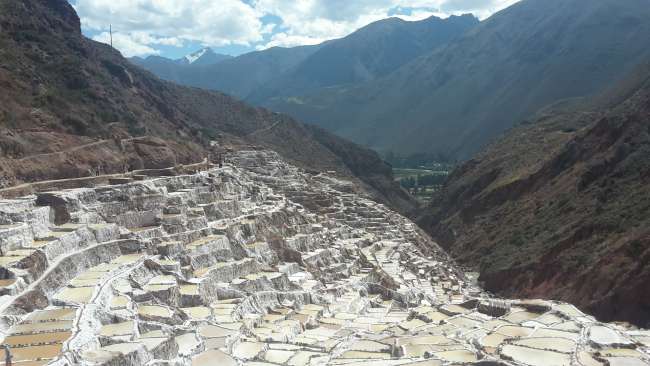
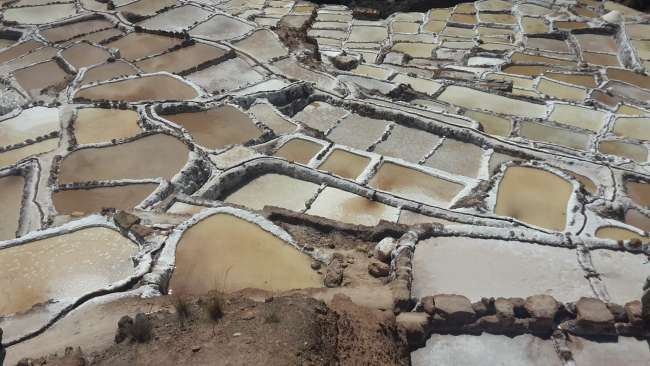
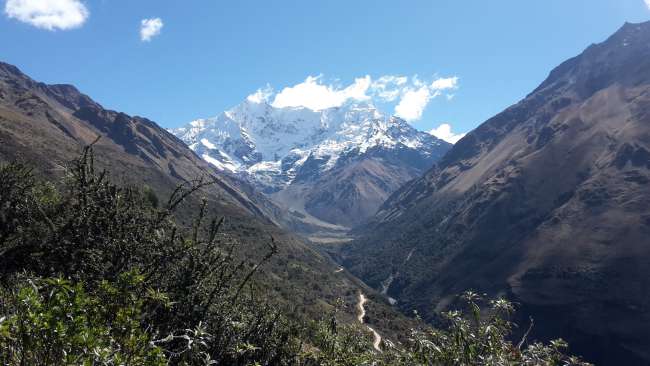
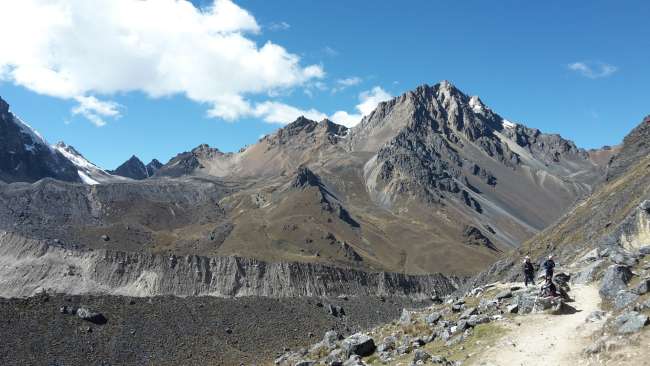
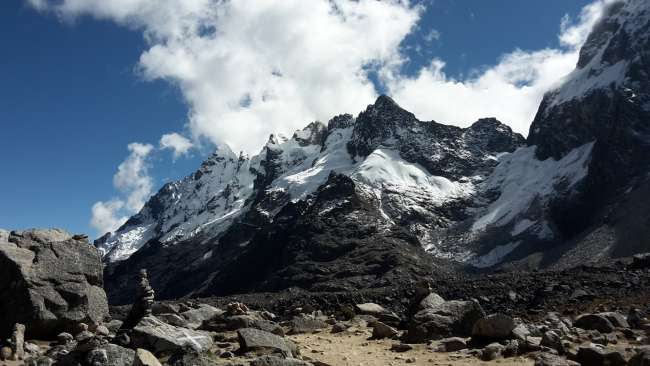
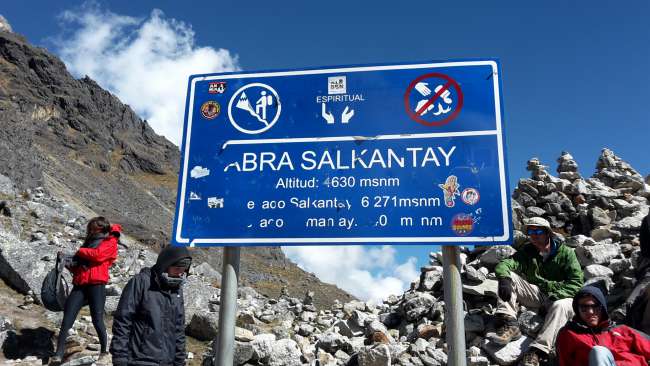
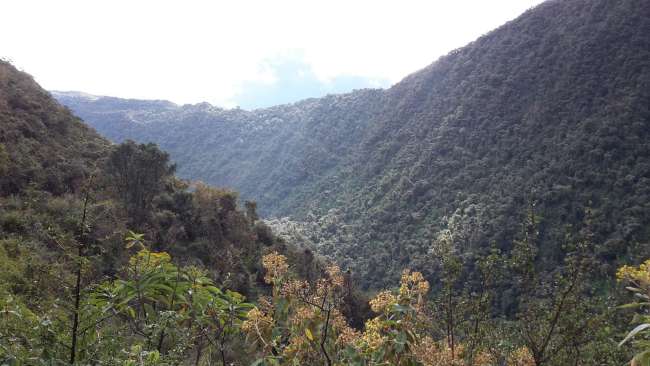
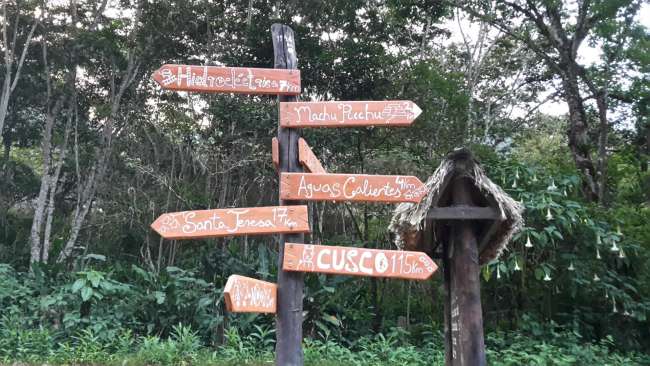
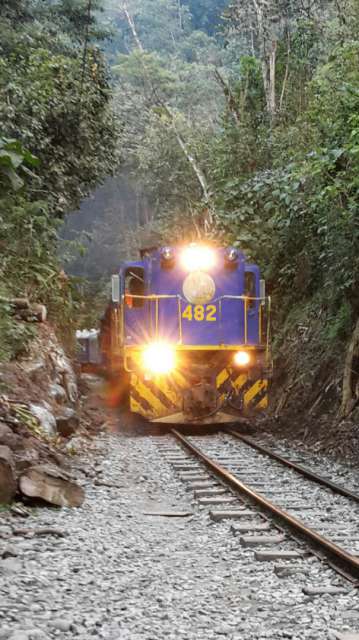
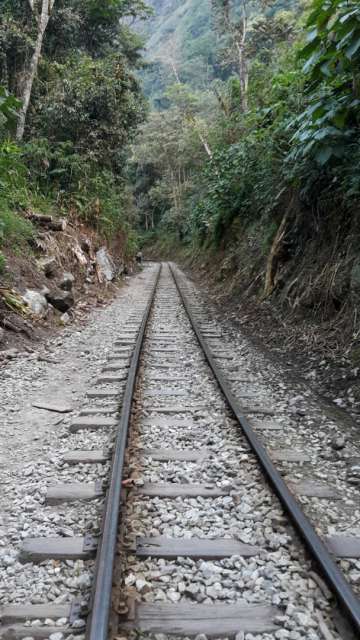
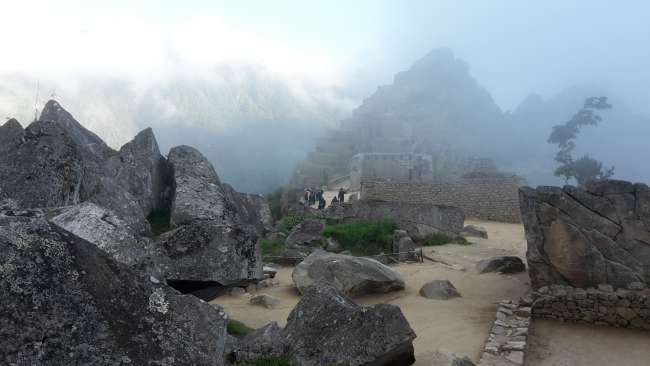
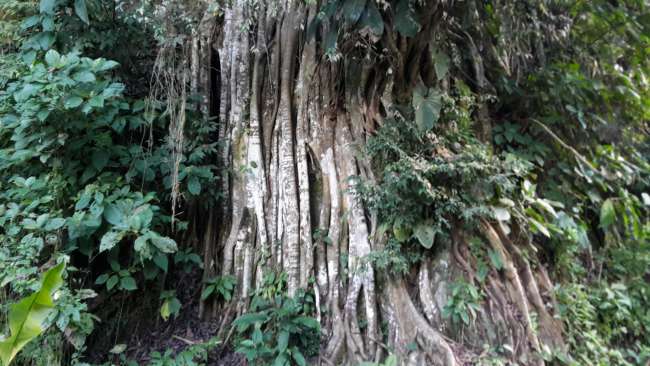
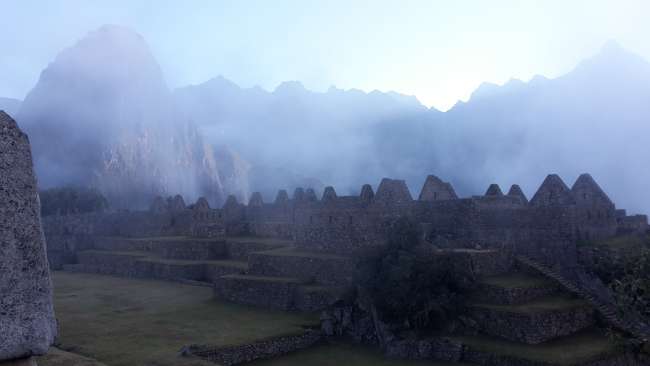
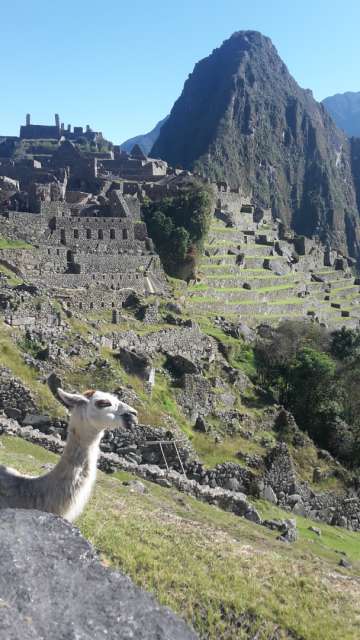
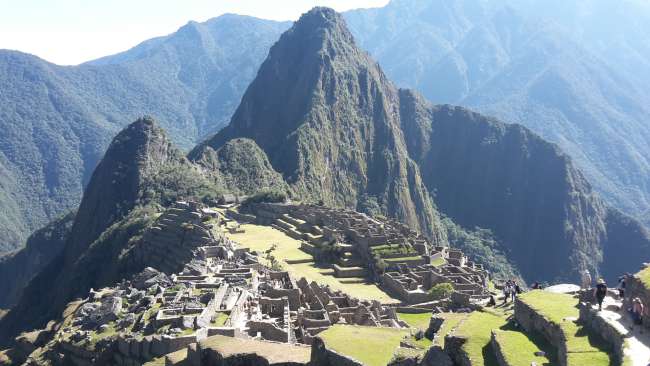
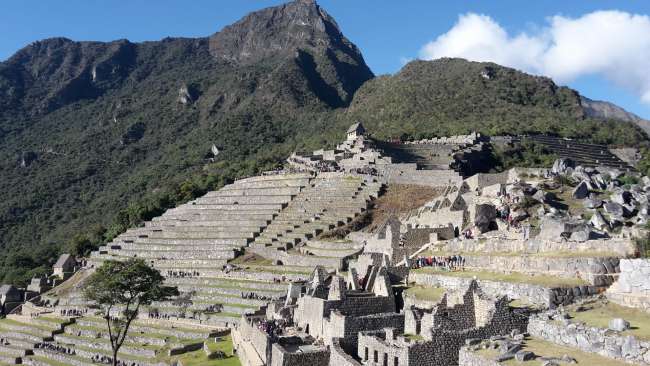

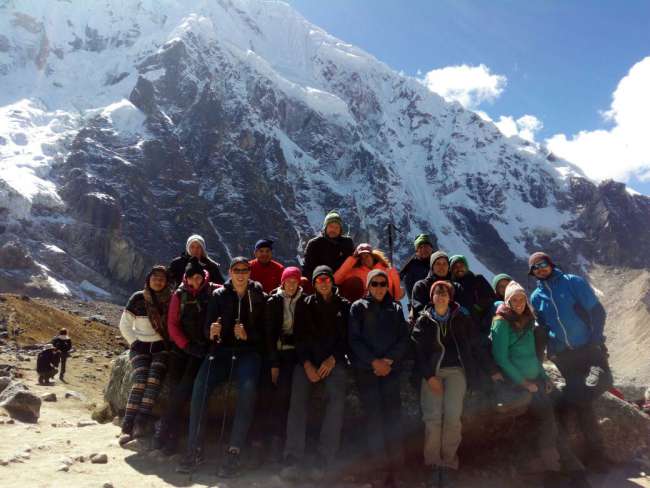
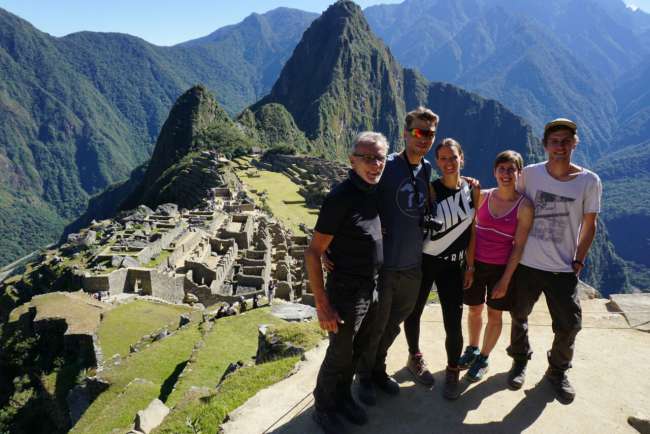
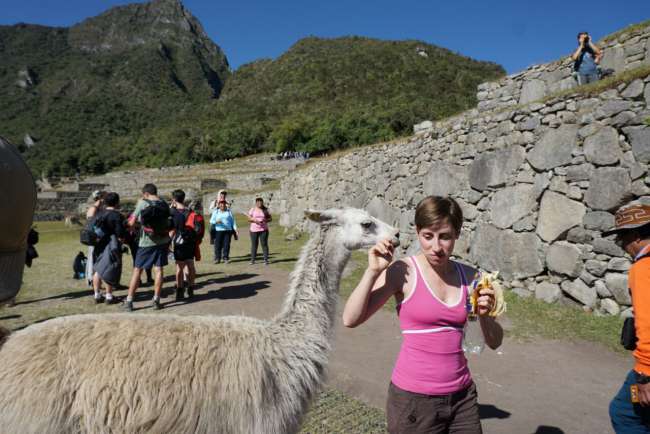
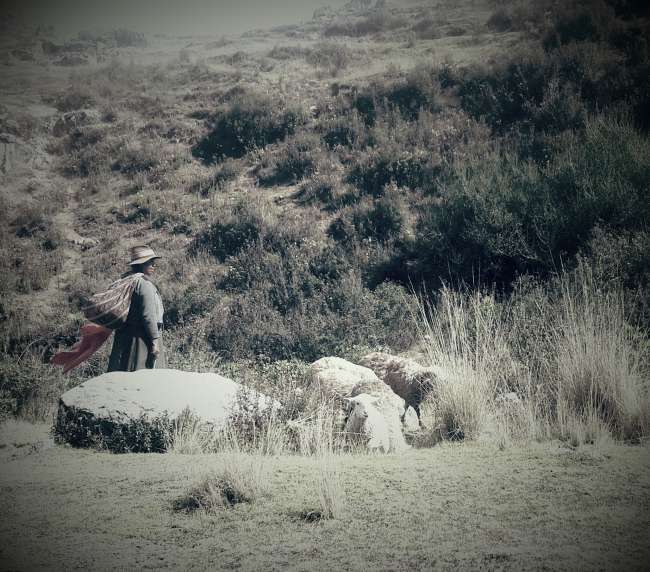
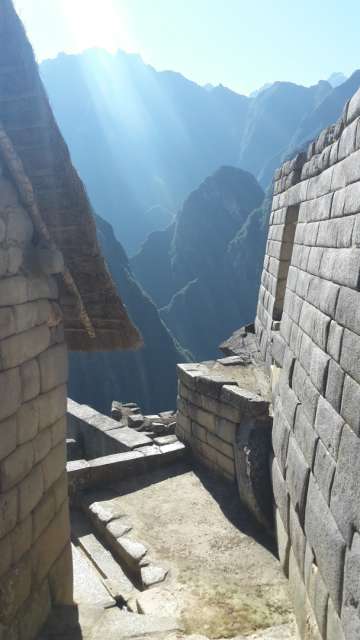
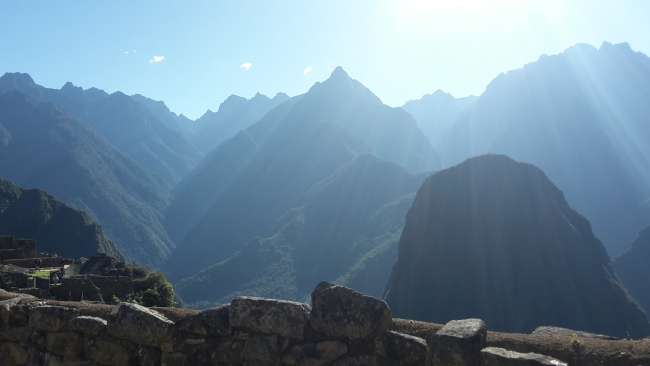
Abonner på nyhedsbrev
When I returned to Cusco for the second time, I felt very at home. The small city is simply one of the most beautiful cities in Peru, with very little crime. Surely it was also because we had a small apartment there and I got to see David again. In the next few weeks, we had many visitors from Germany, so I took everyone on a tour of the Sacred Valley of the Incas and the city of Cusco itself. The highlight was the Salkantay Trek, a four-day trek with the goal of reaching Machu Picchu. This is the somewhat adventurous way to follow in the footsteps of the Incas. This trek turned out to be one of the toughest challenges for Niklas - David's brother - and me, as we both got pretty sick. We don't know how, but we still managed to complete the trek. Of course, I was able to get through the days only because everyone took such good care of me. Thanks to David and Claus for that. David and Lucie - Niklas' wife - were also not feeling well at times, so only David's dad Claus stood strong. The trek started at four in the morning in Cusco, where we were taken to Mollepata at an altitude of 2900m by buses. After a short breakfast, the horses were loaded and we set off on the five-kilometer journey to our camp in Soraypampa (3900m) where we would spend the night. The tents were set up in a wind-protected structure made of wood and tarpaulins, and our cook prepared dinner. On the second day, we hiked eleven kilometers uphill to the Salkantay Pass at 4650m, where the air became increasingly thin. On the other side, the route descended eleven kilometers into the jungle, where our next camp for the night would be. The different climate zones fascinated me the most here. Because from the moon landscape, passing one of the highest mountains in Peru (6300m), you could see passion fruit, bananas, avocados, coffee plantations, and much more in the jungle (2900m). On the third day, we continued 20 kilometers towards Machu Picchu Pueblo. In Santa Teresa, we said goodbye to the great group, as some of them were doing the five-day trek. From Hidroelectrica, we walked the last eleven kilometers along the Machu Picchu train tracks, as you cannot reach the Aqua Calientes and the village otherwise. Of course, you could take the ridiculously expensive train - not for us. Personally, I found the way there more beautiful than Machu Picchu itself. It was a wonderful path through the jungle with many beautiful plants and parrots. I have the feeling that the value of such a World Heritage site is lost due to the many tourists. Machu Picchu Pueblo itself feels surreal and like one of the small towns built in Disneyland. Everything is geared towards mass tourism. At four o'clock in the morning, you stand in line with hundreds of people at the entrance. Not my world. After hundreds of stairs, which eventually became painful, we finally reached our destination, Machu Picchu.
Now, after four days of excitement, illness, sweat, and beautiful nature, we arrived back in Cusco late at night. The next day, we continued by plane to Lima, where we had to say goodbye to Niklas and Lucie. For David and me, this also marked the end of three wonderful months. Our conclusion: We would definitely not emigrate to Peru, even though this country offers enormous opportunities for a business venture.
Abonner på nyhedsbrev
Svar

Rejserapporter Peru
